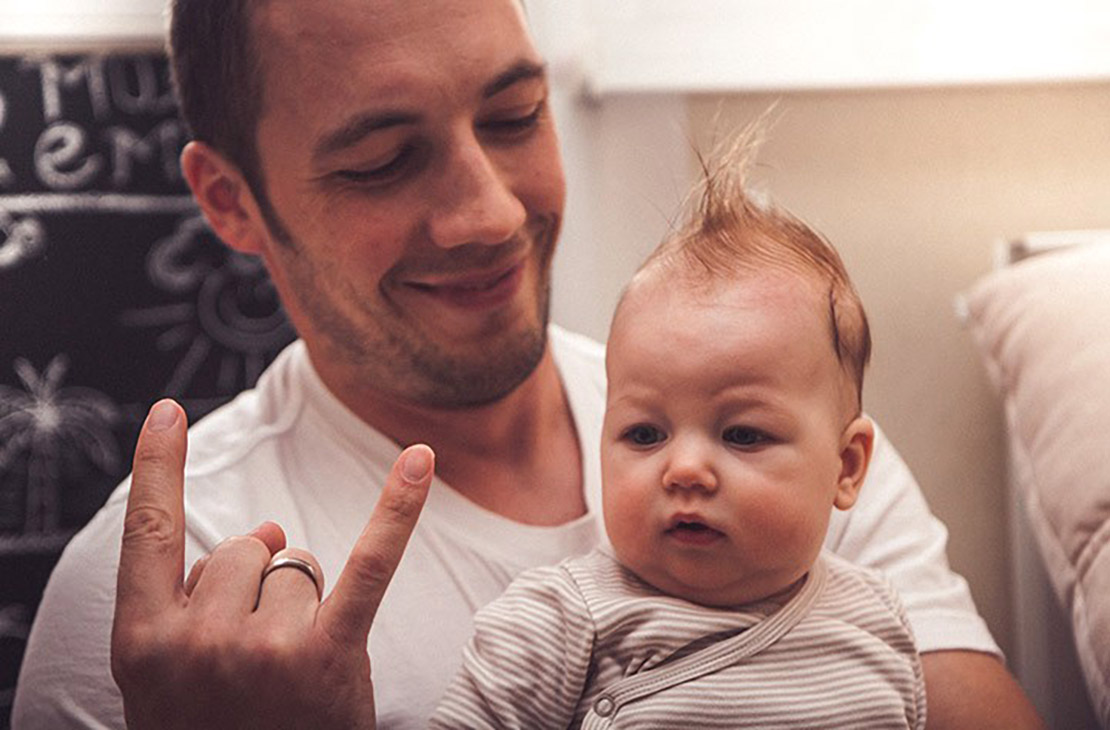Four Reasons to Consider Baby Sign Language
By Daniel Jimenez and Anjali Shastry
Babies are naturally curious. They’ve got new eyes, new ears, new hands and feet, and they’re ready to embark on a journey of exploration. As they absorb the world around them, they want to convey what they have learned — or just ask for things. Until they are able to speak and articulate what it is that they need or want, attempts at communication can devolve into a frustrating game of charades between child and caregiver, one that can often end in tantrums.
Are there other options for supporting an infant’s budding communication skills at an early developmental stage?
Enter baby sign language (BSL). This language tool acts as a bridge to spoken language.
Kids typically start to learn and verbalize words around 18–24 months, but communicating before they can ask for what they want is a tricky task. BSL is a set of very simple, distinct signs for common requests that caregivers can start implementing with infants as young as six months old. Some of the signs are adapted and simplified from American Sign Language (ASL), but this is not just for babies with hearing impairments. Anyone can use it!

BSL advocates claim that babies who use signs pick up spoken language faster than babies who don’t use signs. Maybe, maybe not, but there are undoubtedly positive features of BSL.
Cognitive development
Children under the age of two are still learning that they are a person! They’re figuring out where one person stops and another person begins, what can be looked at, heard, touched, tasted, or thrown across the room. BSL gives babies an opportunity to develop their fine-motor skills.
As they make distinct gestures with concrete meanings, they will also start understanding that their actions can cause things to happen around them. Make a sign for milk? They get milk. Sign for dad? Dad picks them up. Sign for a diaper change? Great, let’s change that diaper. BSL is a great way for babies to engage with the world in a constructive way.
Emotional development
Babies are full of emotion. Before infants learn about object permanence, they don’t know that when their parents leave the room, it doesn’t mean they’ve disappeared into the void never to return. They might feel lost, scared, and anxious. BSL gives children a way to express their emotions in a way that can help parents know how they’re feeling, and can then act appropriately.

Verbal development
Learning the signs for people and objects may help babies as they grasp the concept of language. If they understand there is a sign for what they’re looking for, they can also start incorporating the sounds that correspond to those words.
Increase parent-caregiver bonds
What’s a better feeling than knowing what a child is saying and being able to respond to it? As communication with babies becomes less guesswork, caregivers may find they have a better sense of the child’s personality than before. BSL is an available tool to build and nurture bonds at an early age.

Some infants really take to this. Some learn a plethora of signs; others may pick up just a few crucial ones.
Give it a try and explore the signing world together with your baby.

